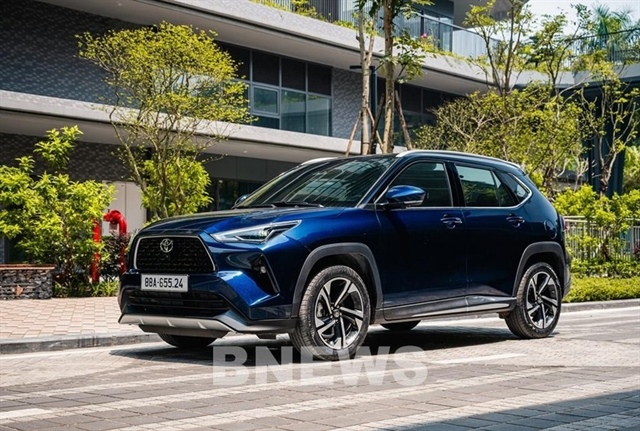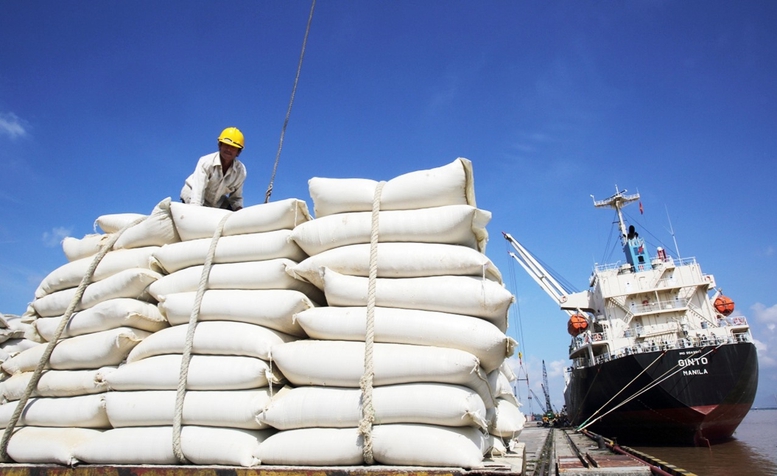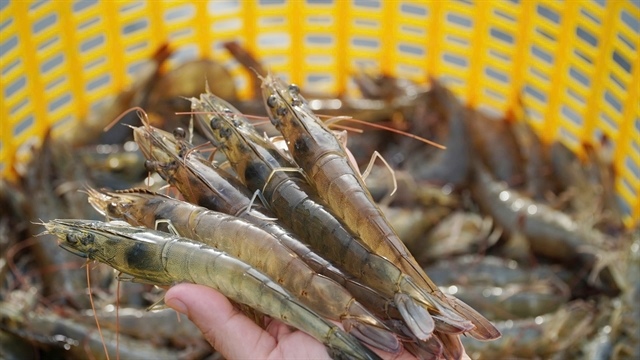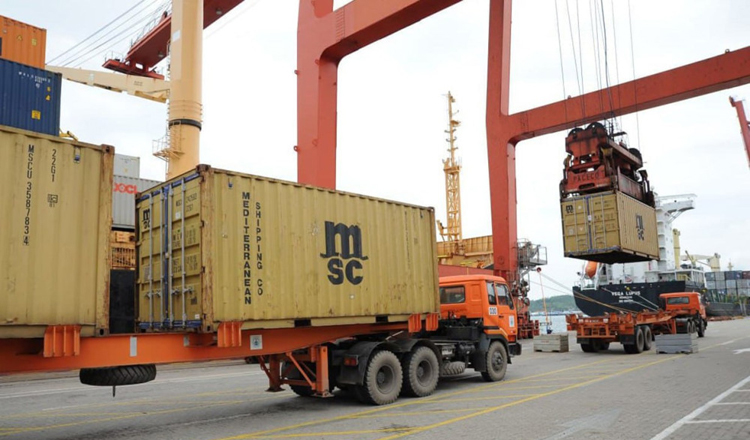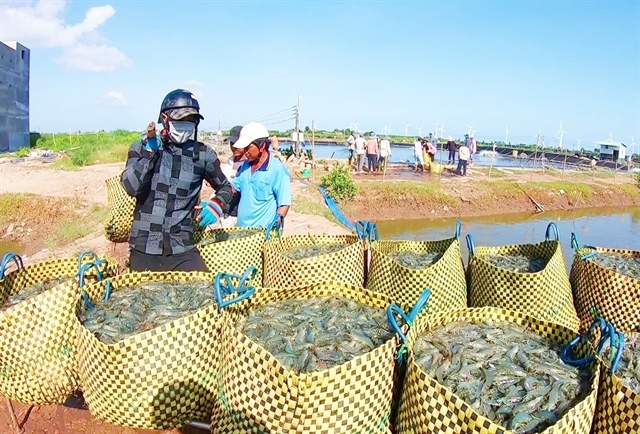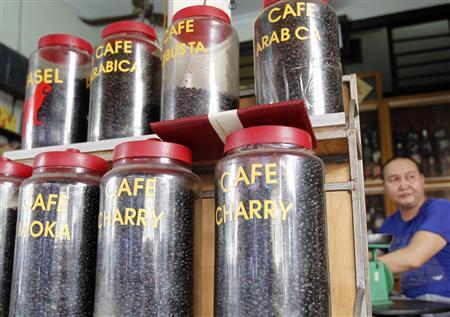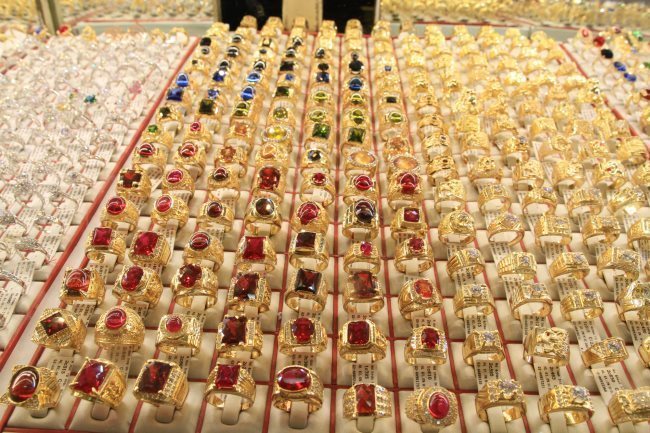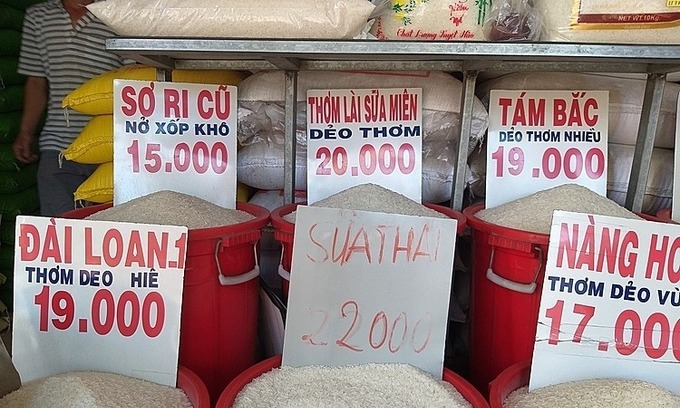A new specialty coffee: why not?
A new specialty coffee: why not?
It needs lots of efforts for study, marketing and promotion to produce the robusta specialty coffee
Over the past years, I have spent around three or four months annually traveling through coffee growing areas across the country, including the Southeastern region, the Central Highlands, the northern region and cities and districts bordering Cambodia and Laos. Through the journey, I could have a chance to visit coffee farms, both big and small, and enjoy coffee on the field and in coffee shops.
One Sunday, I and several friends picked an elegant, quiet coffee shop on the premises of the Saigon Pearl Condo to enjoy specialty coffee and admire the Saigon River under the soft sunshine. We enjoyed drip coffee with three arabica varieties from Kenya, Ethiopia and Honduras.
You may question why I did not take Vietnamese coffee. I had no option because only arabica coffee was available there. True to say, Vietnamese arabica coffee was also available, but for a different “menu.”
The three coffee varieties have different tastes and flavors. Some has the fruit and chocolate flavors, and some tastes a little bit sour and bitter. But all have a sweet aftertaste.
“Now, clean coffee is available everywhere in Dalat, Buon Ma Thuot or Pleiku cities. You don’t have to worry about tainted coffee any more,” Thanh, the owner of Hoa An, a coffee bean supplier in Buon Ma Thuot, told me. So good news!
However, clean coffee is not likely to taste good, and tasty coffee is not likely to be called “specialty.” Specialty coffee should not be understood as something universal. The owner of a coffee shop must make lots of efforts to find materials suitable to the particular feature desired, and that particular feature is one of the qualities for a specialty coffee.
The coffee material must be properly ripe coffee beans from a specific farm or region. There is no universal specialty coffee. It’s no specialty coffee when all coffee shops in a city serve the same coffee. The coffee shop owner and the coffee farmer must cooperate closely in the coffee farming process, such as fertilization and weather observation for abnormal phenomena. The farmer must cooperate with the coffee processor for proper coffee drying and processing. In general, the coffee bean must be perfect and have no defect. Therefore, coffee bean tendering, picking and processing make up a large part of the coffee price.
Coffee farming is closely monitored, but the quality control of coffee beans at specialty coffee enterprises is even more stringent. All coffee beans must go through careful examination and initial tasting. The warehouse keeper must arrange coffee bags carefully by origin, note the time of stocking the bags and the volume of coffee, and the time of putting the coffee bean into the coffee roaster. The roasted coffee must be preserved carefully to prevent humidity and oiling. Therefore, all specialty coffee shops have the menus stated with the coffee origin, the date of coffee roasting and the dominant coffee flavor. The shop owners may be found to have flouted the business ethics if they serve customers coffee roasted around a fortnight ago!
Arabica coffee can make a specialty coffee. So, what about robusta coffee? Many people think it impossible, but it’s a premature thought. There was a time when the robusta coffee price on the derivatives market plunged below US$500 per ton and many exporters tried to improve the quality of the robusta to replace the arabica. They opened wet processing plants and used more cleaners and polishers. Importers paid the processed robusta coffee a high price, for example US$400-500 per ton higher than the quoted price of a first-grade contract.
The words “specialty coffee” often refers to the arabica, while robusta coffee traders use the synonymous words “fine robusta.” The arabica is promoted for its mild taste while the robusta is advertised for its fine taste. The arabica coffee has been advertised and marketed for hundreds of years and its specialty has been promoted for more than 50 years now. Meanwhile, the robusta has been reputed as a bitter, sour coffee and used for making only instant coffee. But that’s not true! The coffee has a bitter, sour taste because of careless harvest. Both green and ripe, good and defective coffee beans are put into one basket or bag, so it’s impossible to have the robusta with its original quality. Once when the price of coffee, especially the arabica, was too high, foreign coffee traders even bought the robusta “processed” from Vietnam to replace the arabica!
The issue is whether Vietnam, the world’s leading robusta coffee producer, is willing to study and make the robusta suitable to the consumer taste. The country also has to spend money on promotion and marketing to increase the reputation and expand the market for the robusta specialty in particular and the robusta commodity in general.
To be assessed as fine robusta coffee, robusta coffee bean must have no first-grade error, which affects its flavor and quality, and less than five second-grade errors, which affect its appearance, such as color. In general, the fine robusta coffee must have no defect in appearance and flavor, and especially keep the particular feature of the place where it is grown.
It seems too modest to say that Vietnam’s robusta coffee cannot make a specialty coffee.


